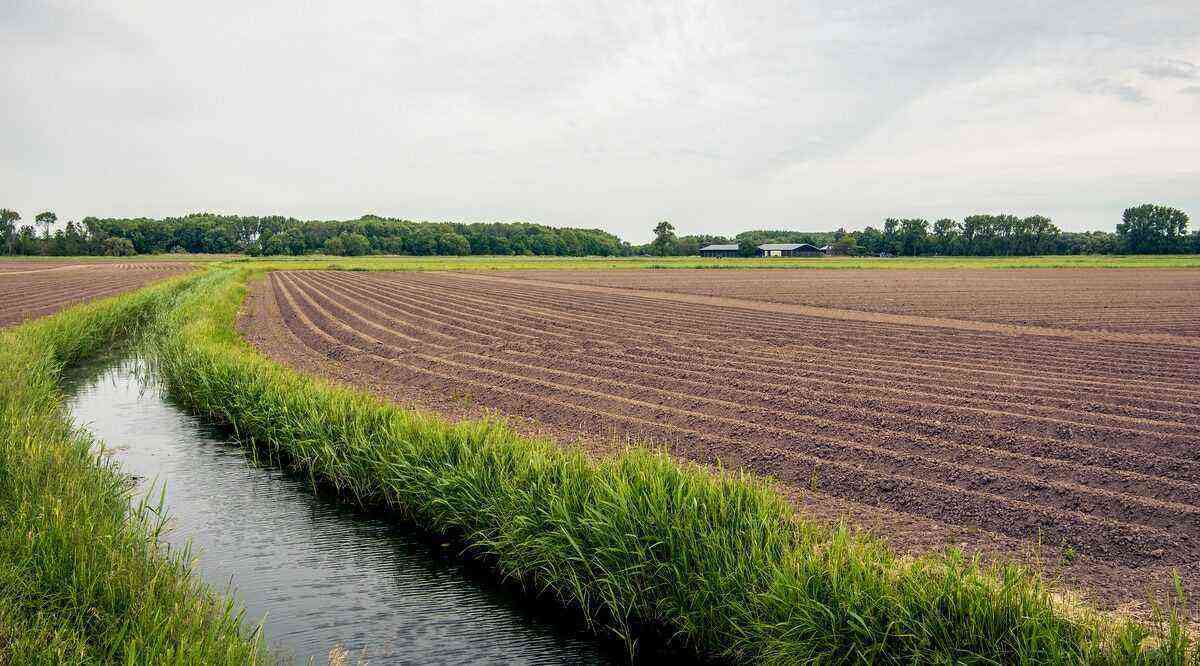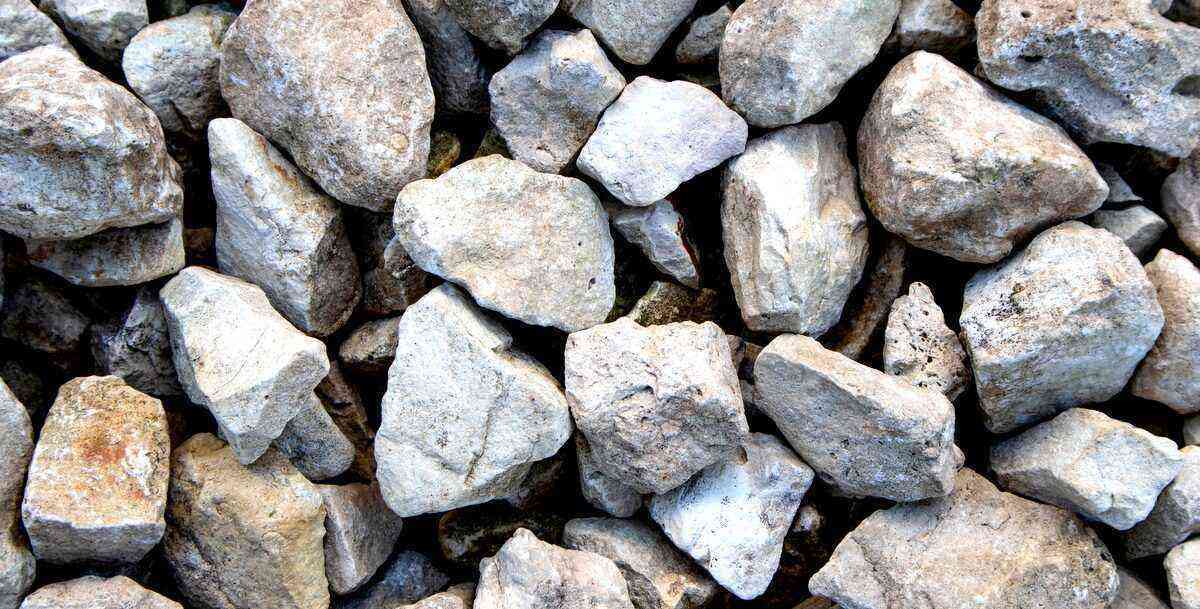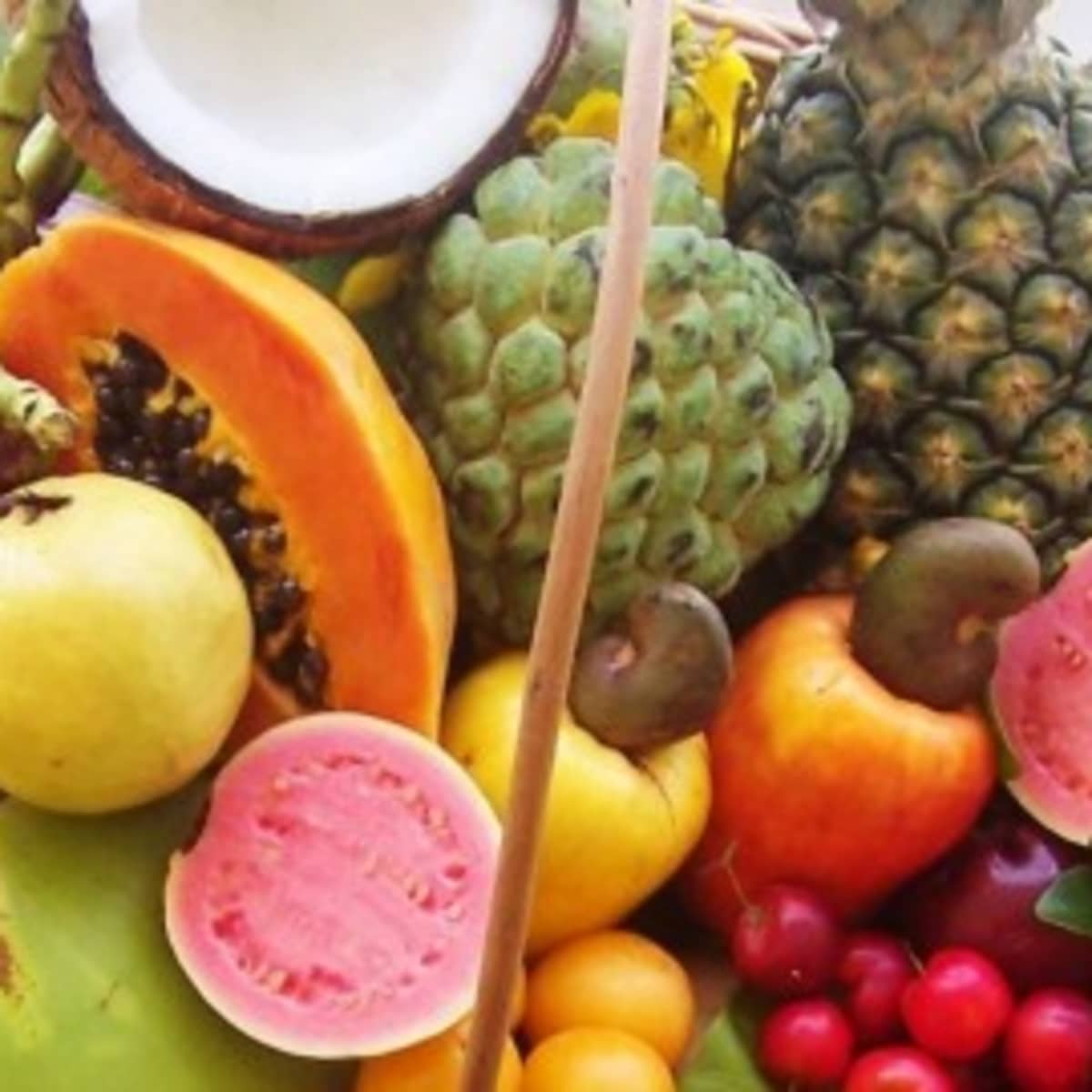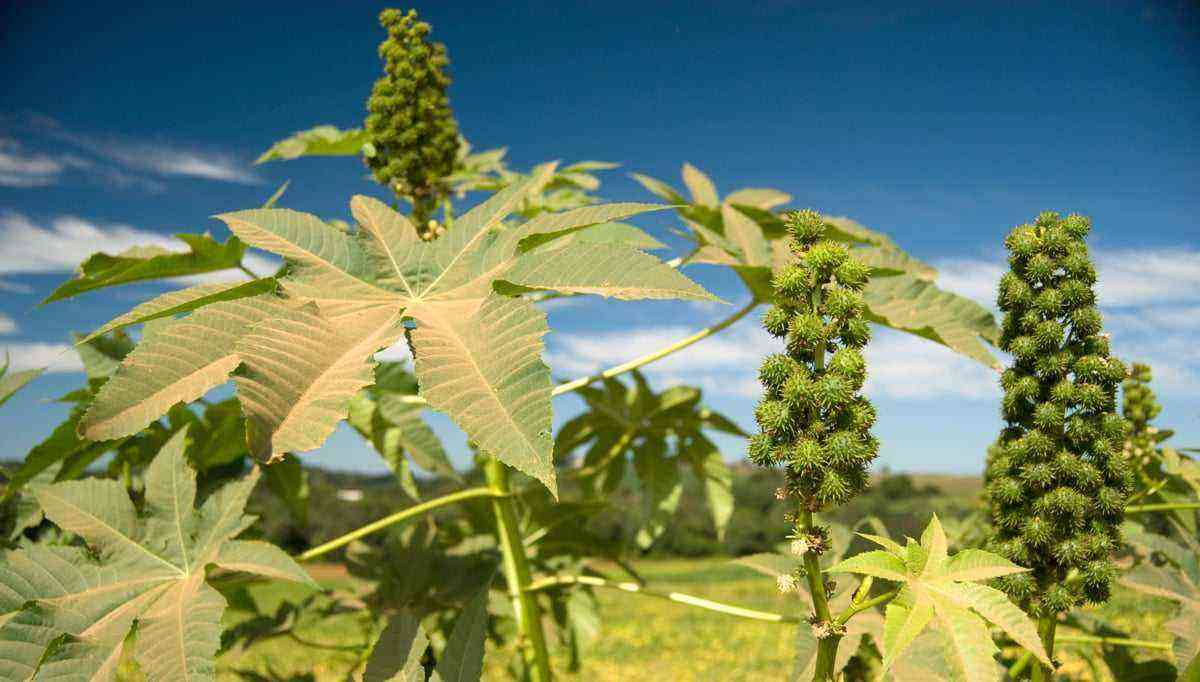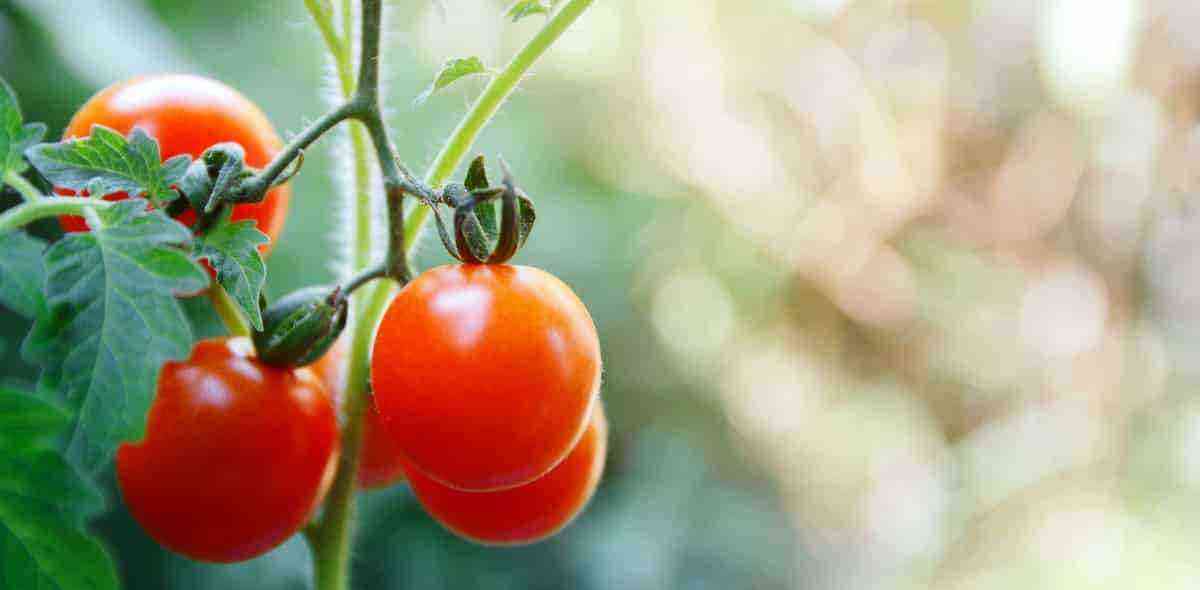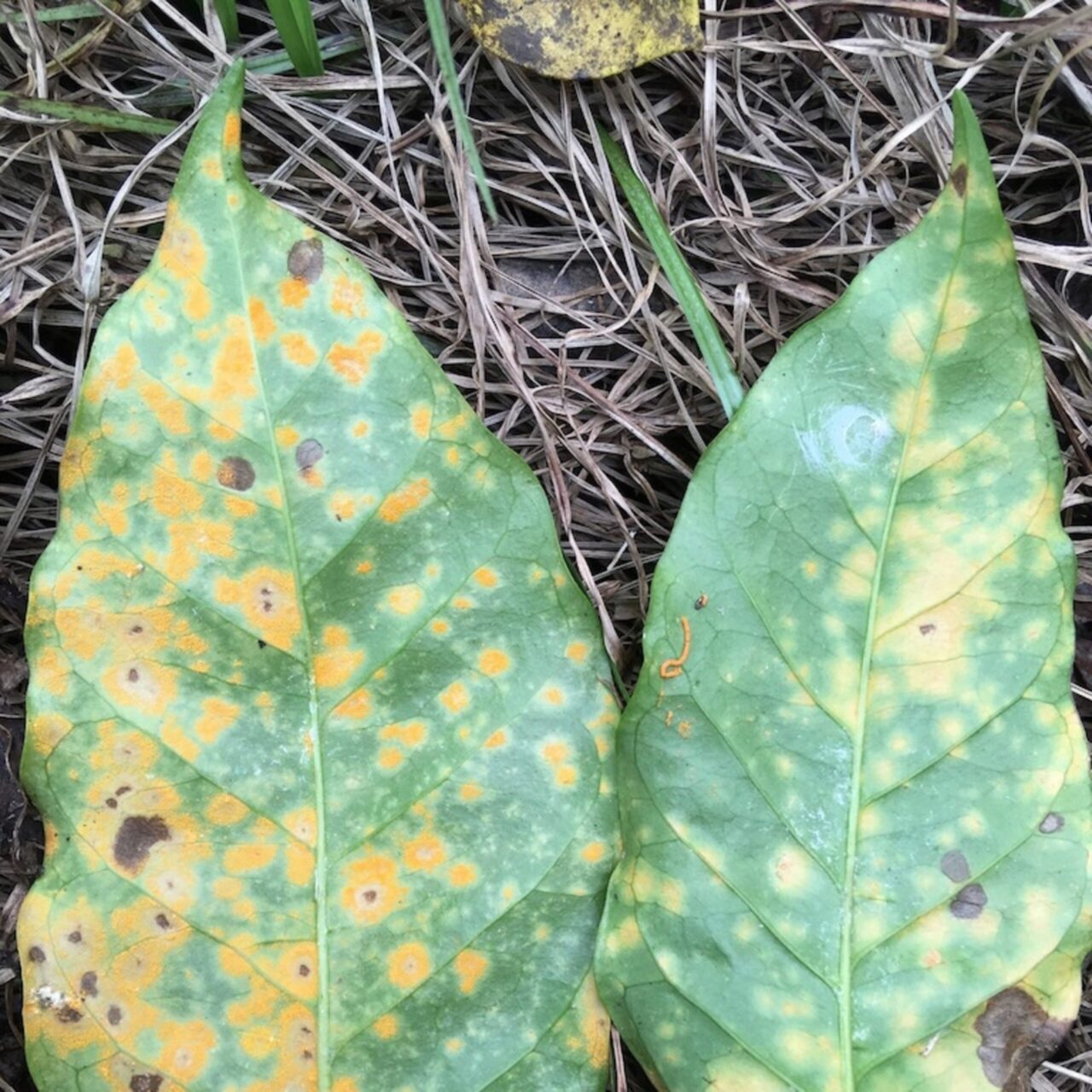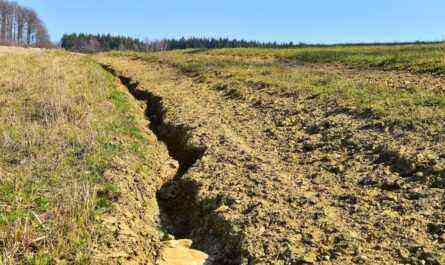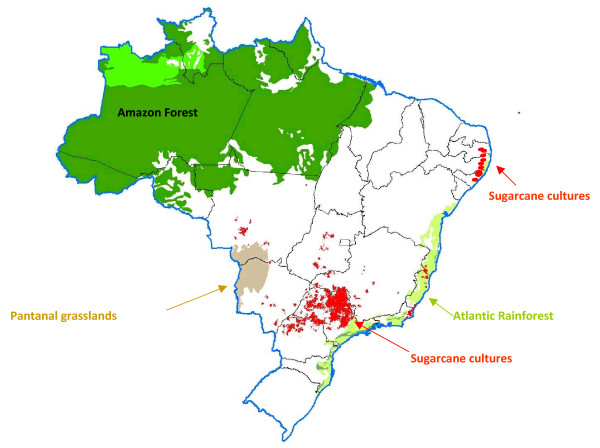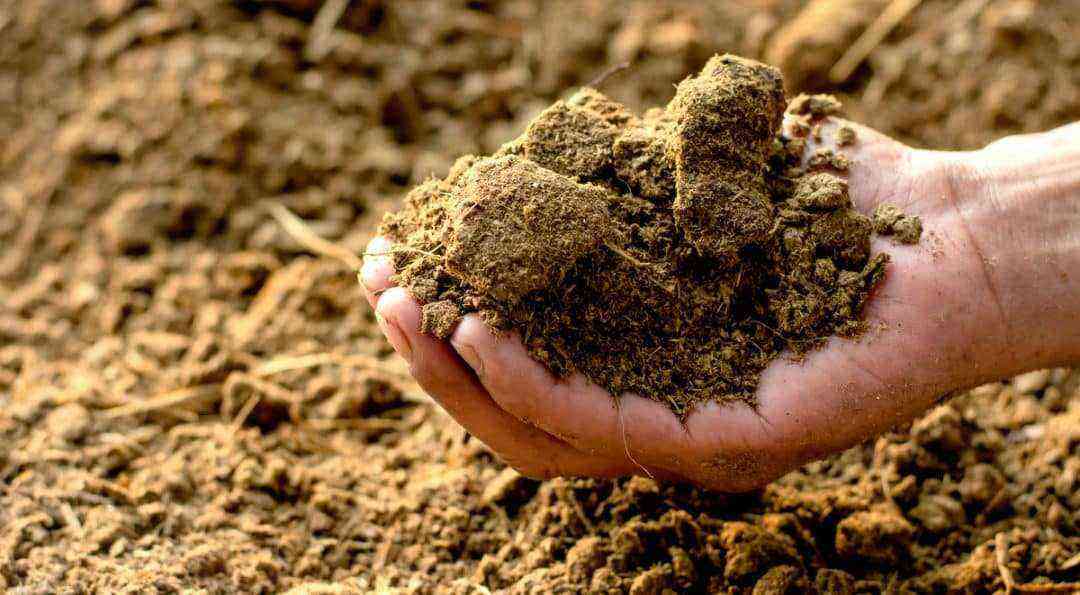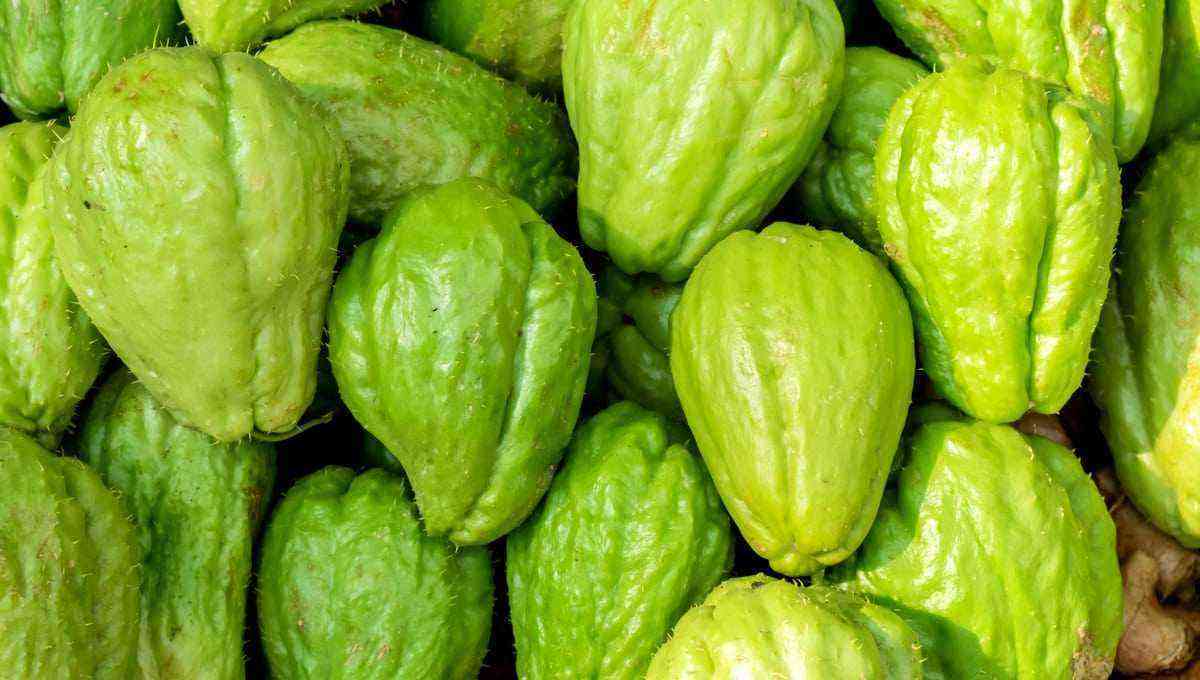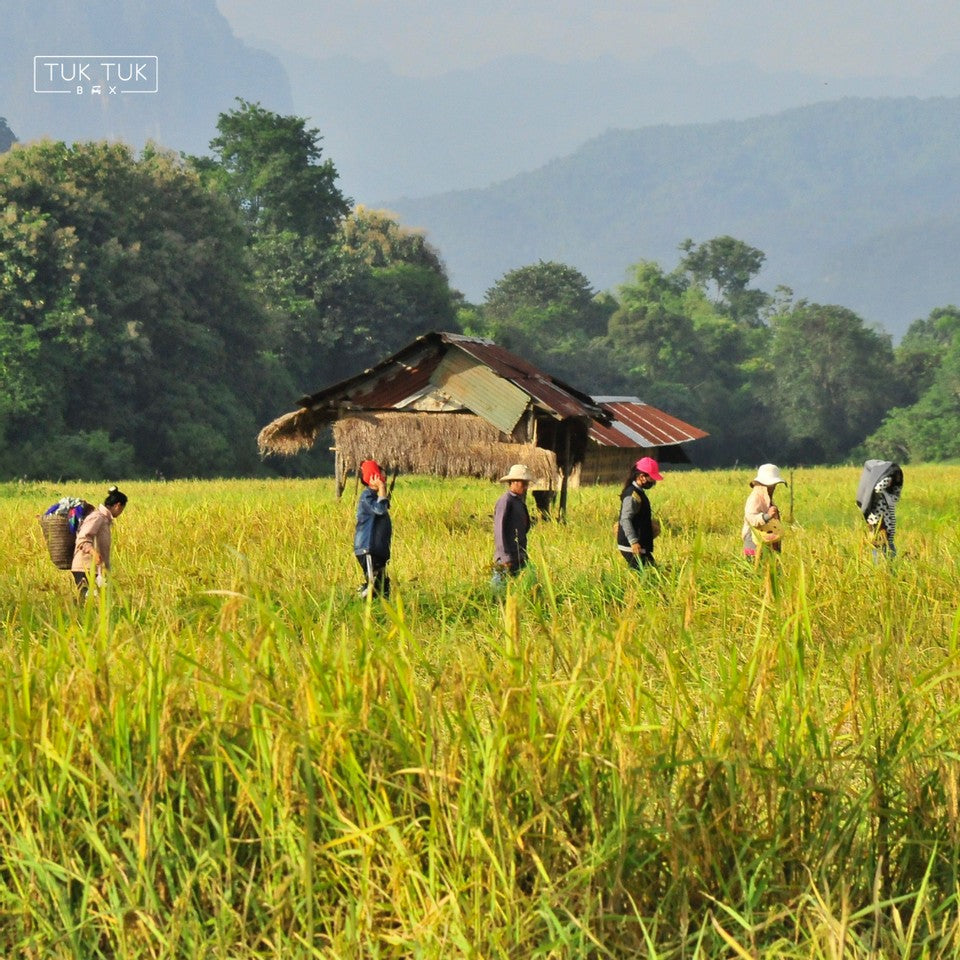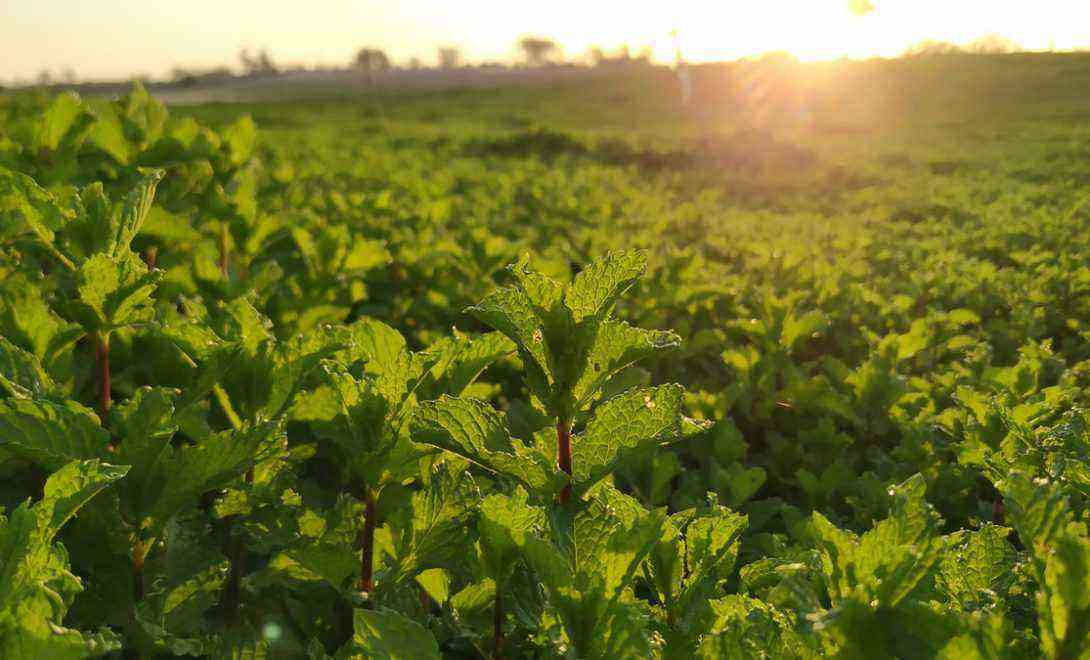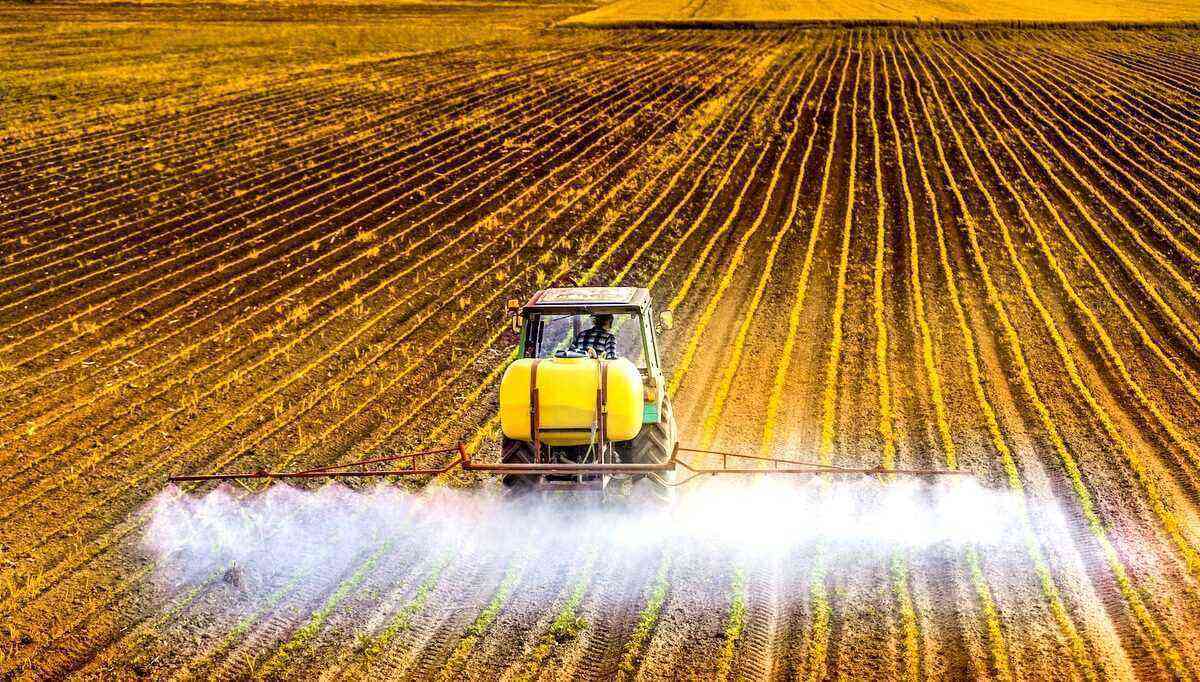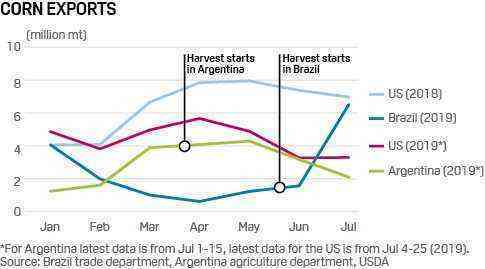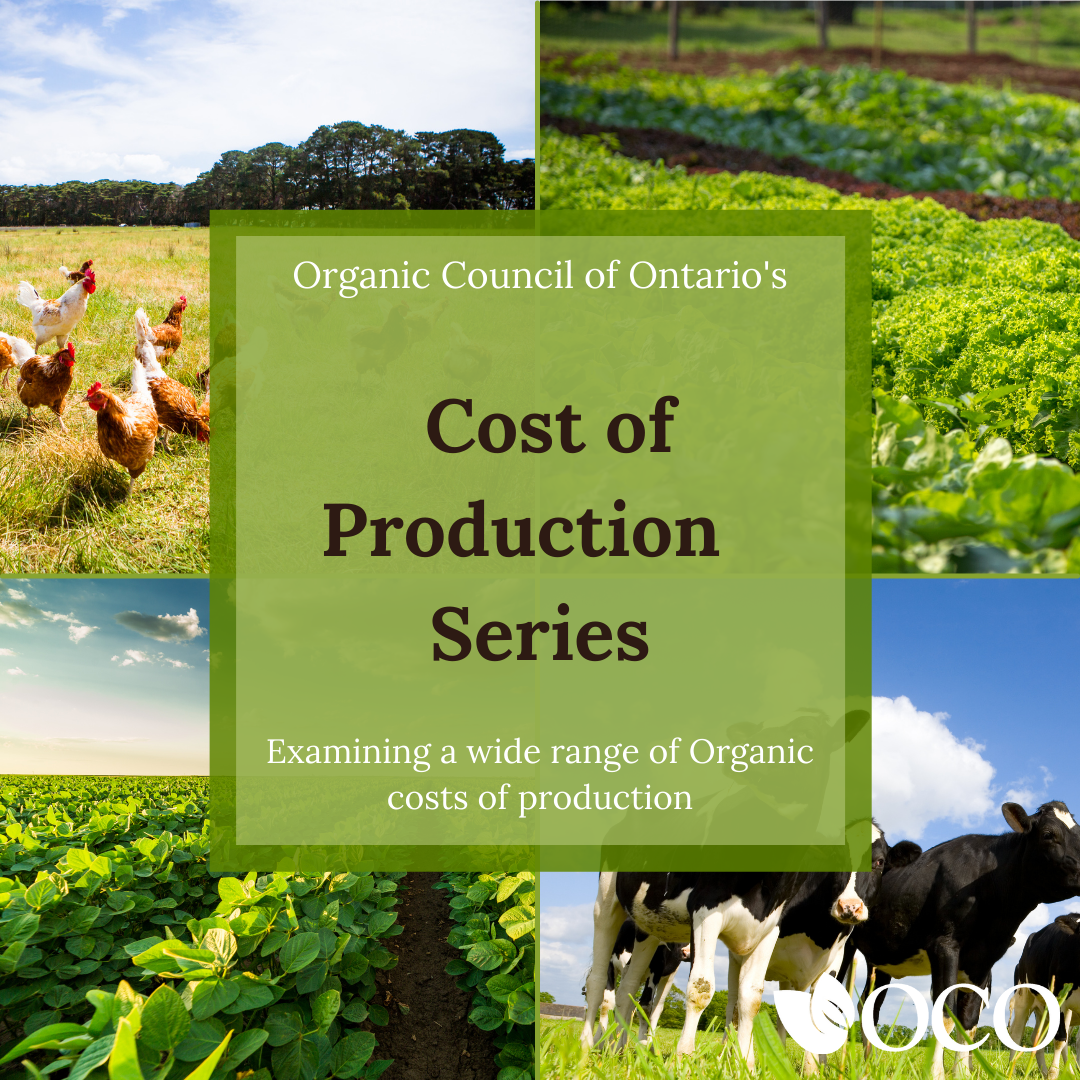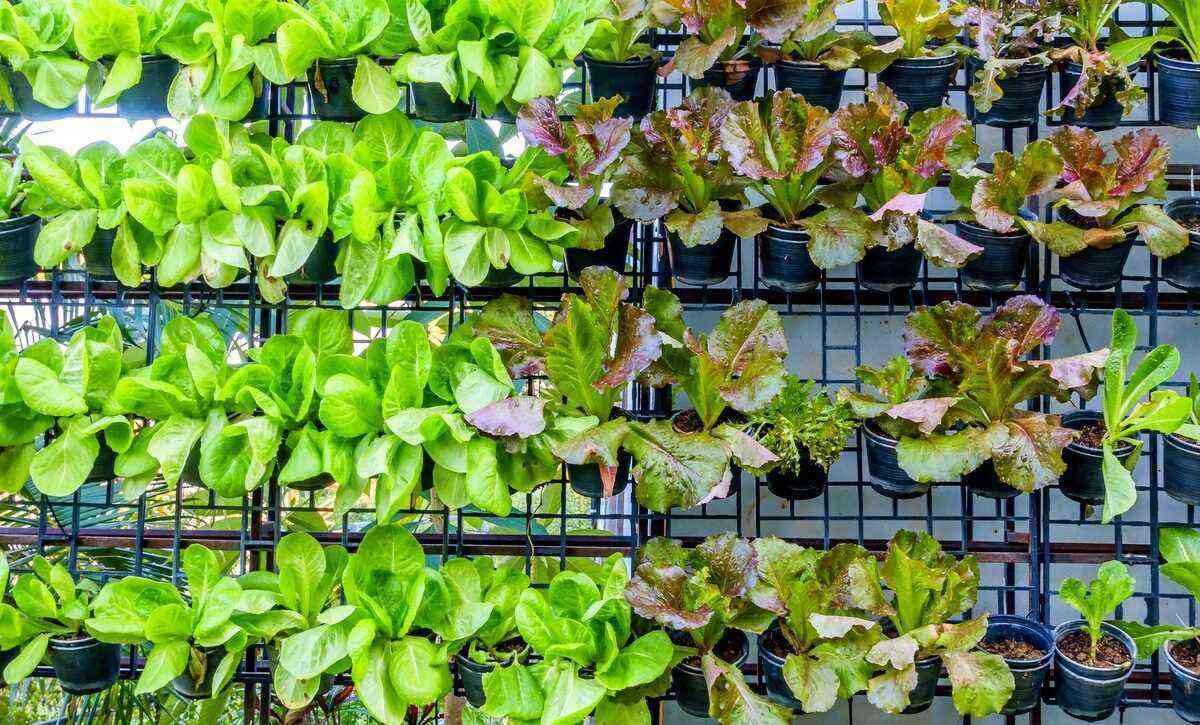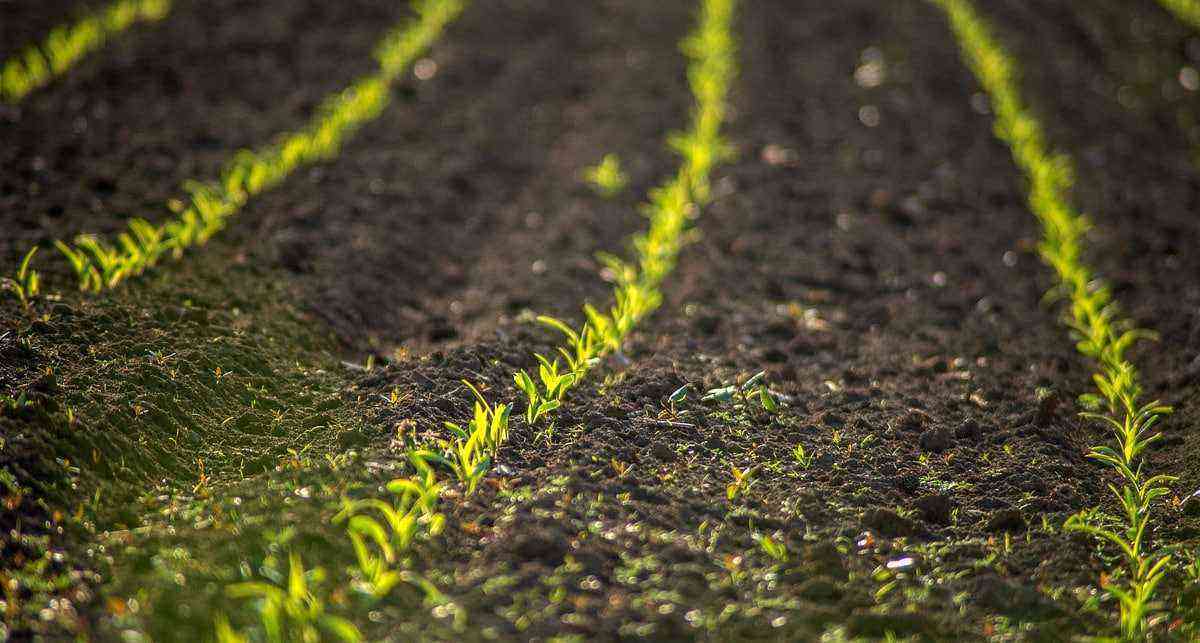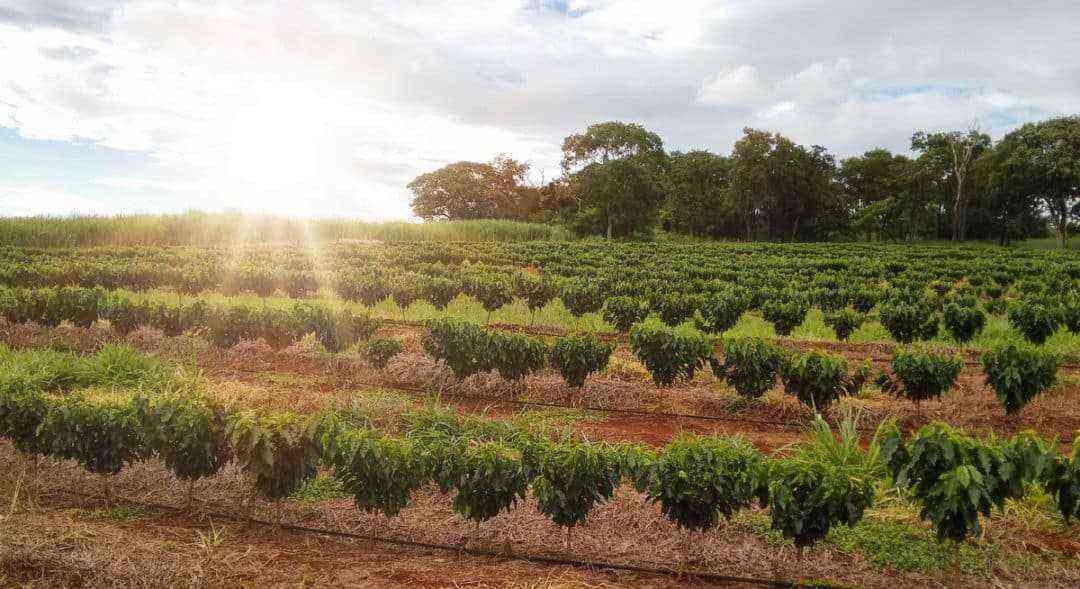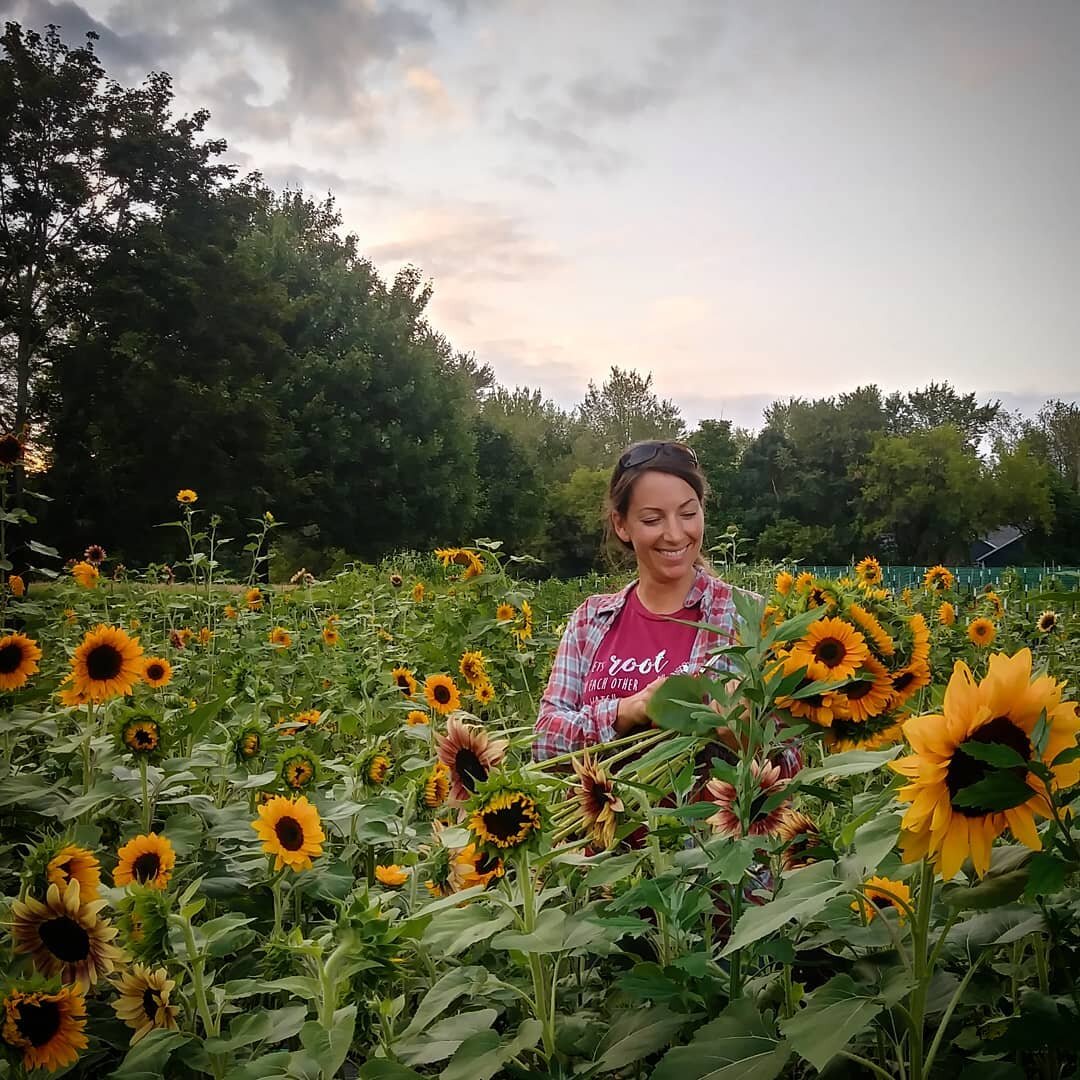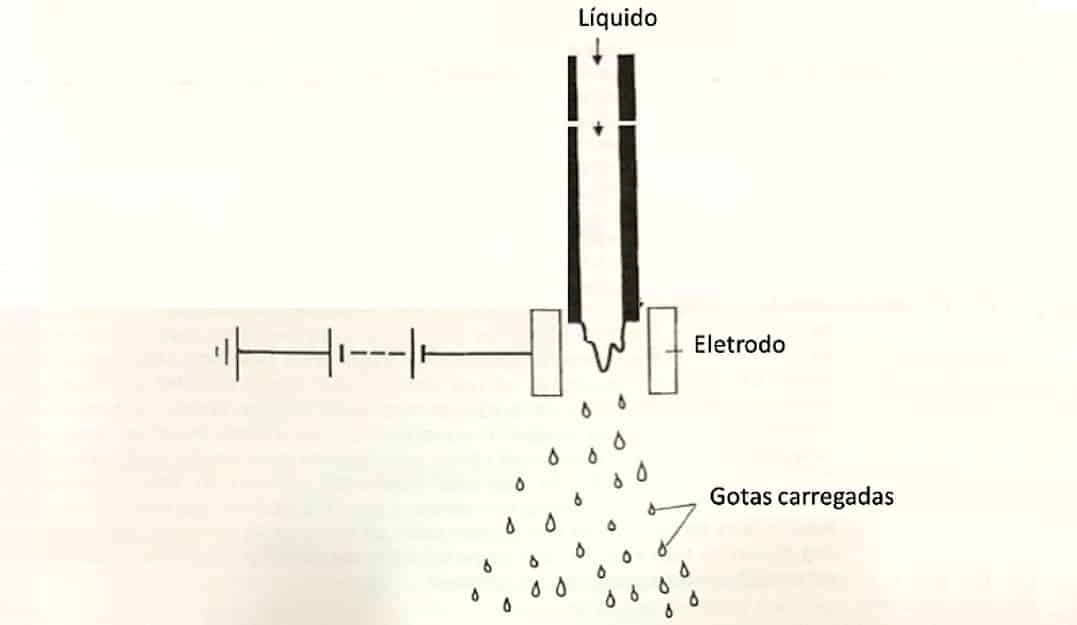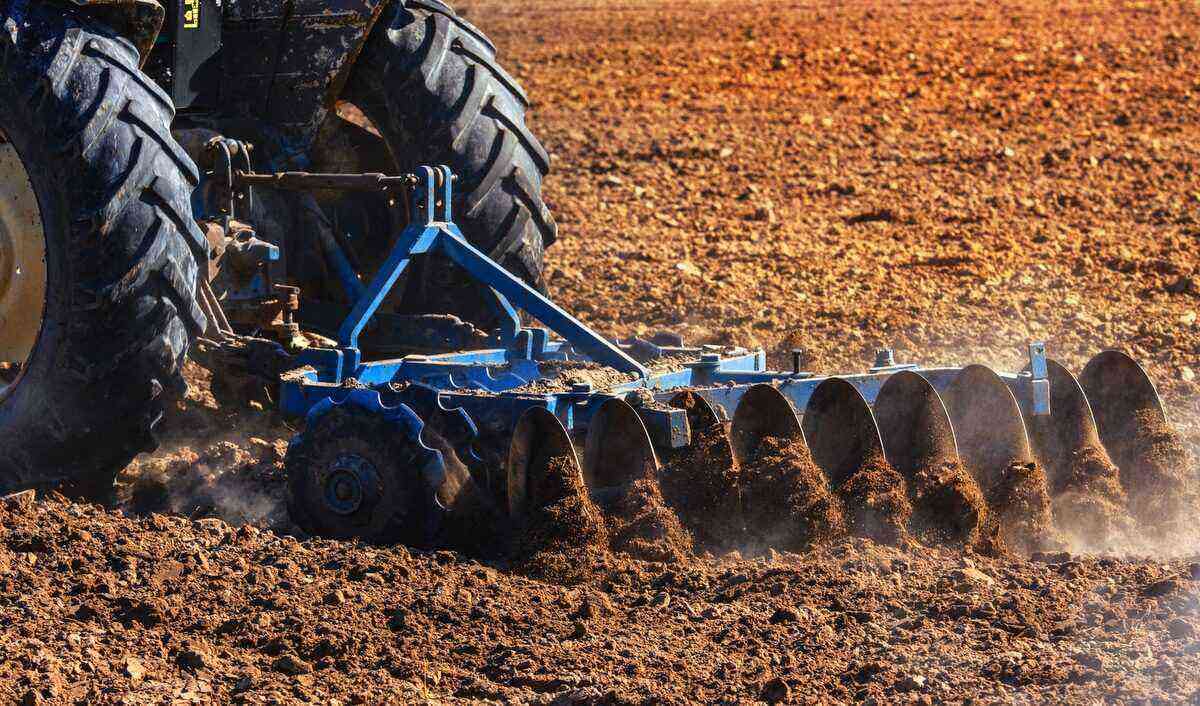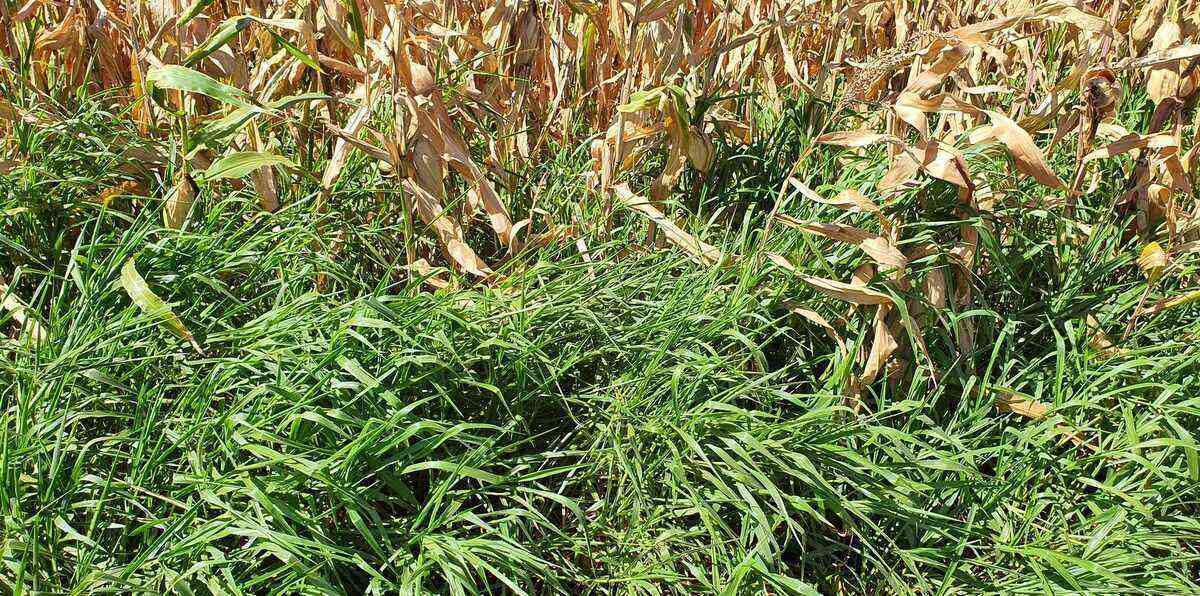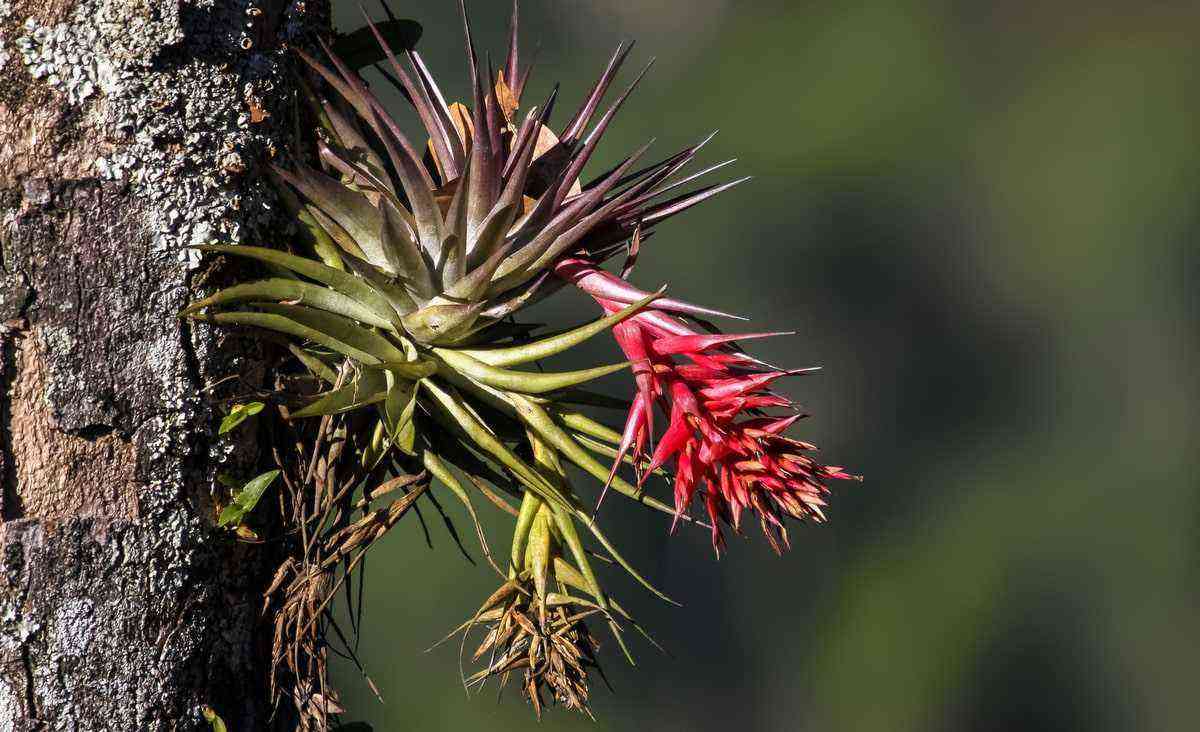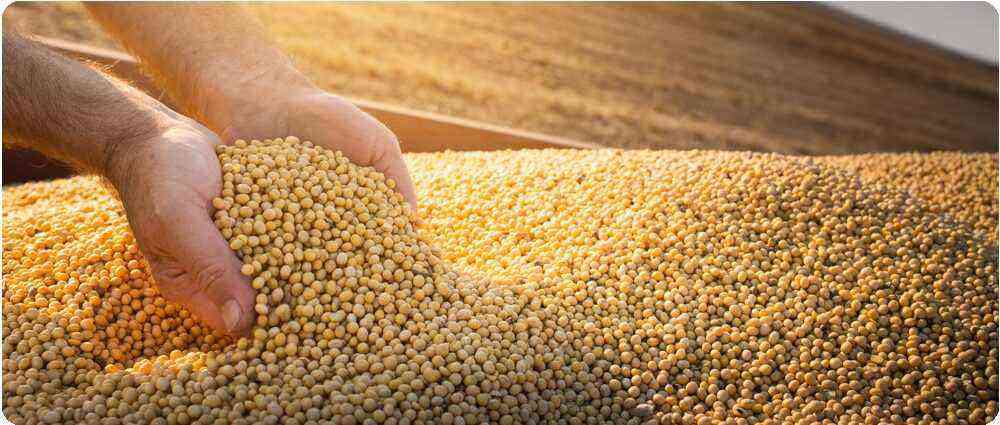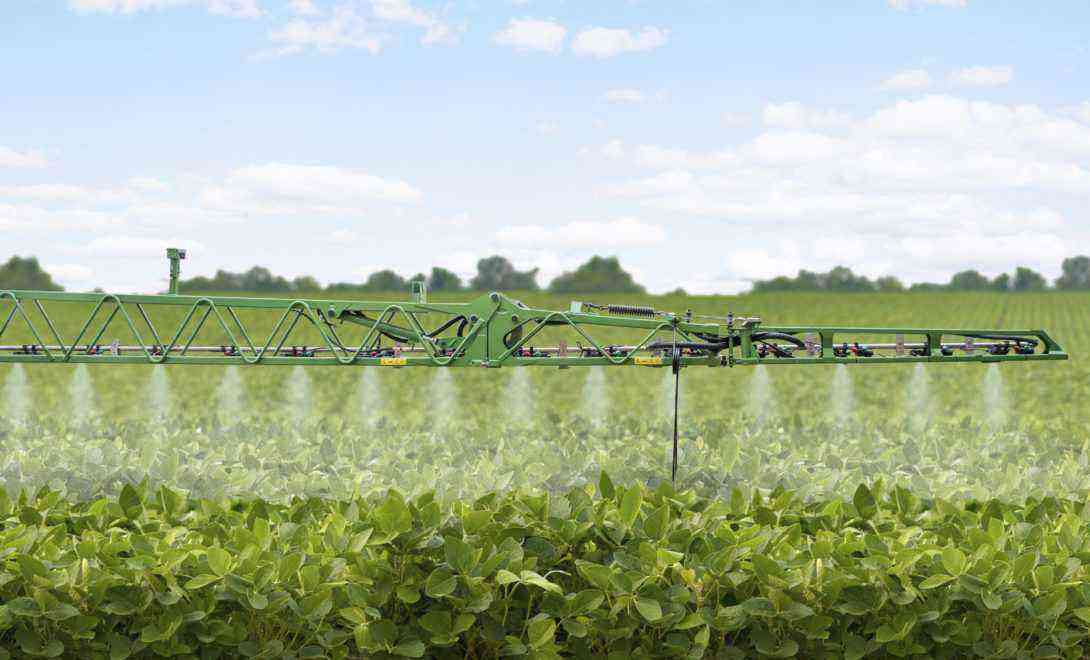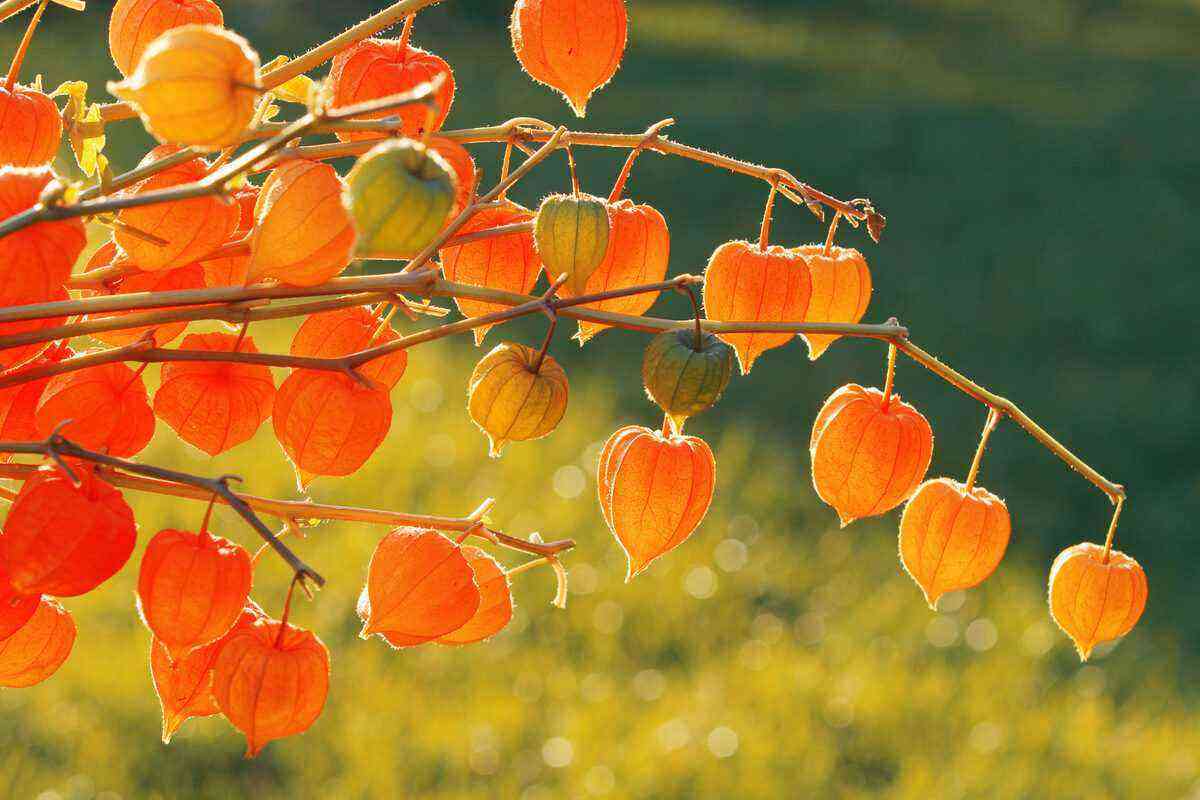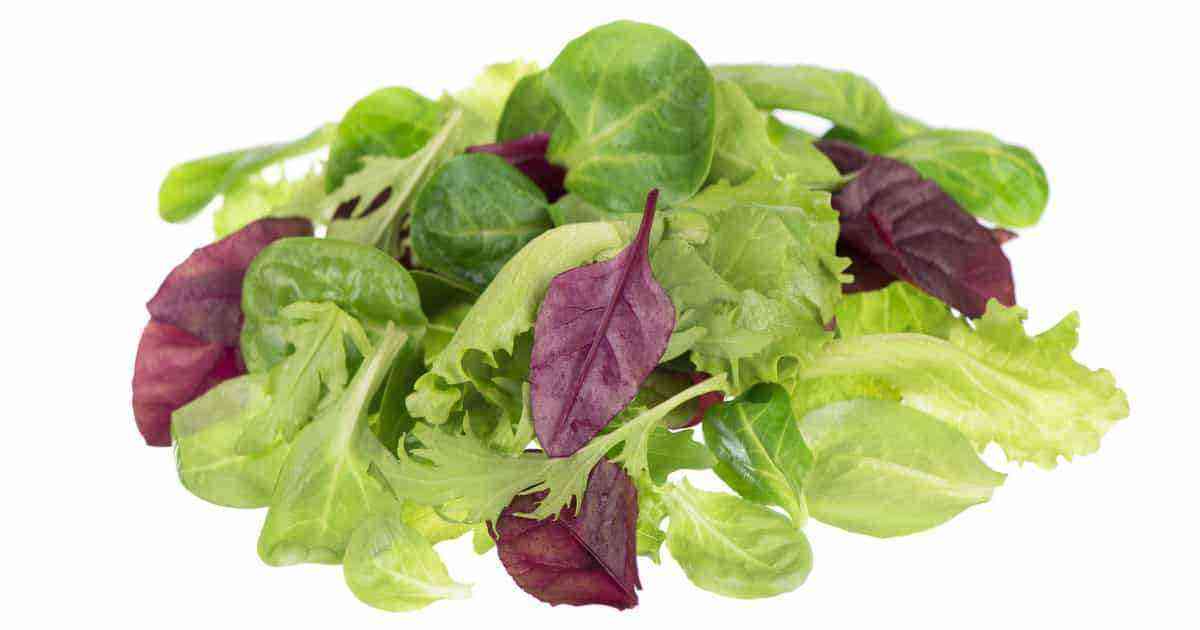As with other crops, the weather can greatly interfere with corn production.
This factor is considered one of the most important for the development of planting, in conjunction with soil and other edaphoclimatic elements.
According to Embrapa (Empresa Brasileira de Pesquisa Agropecuária), the climatic factors that have the greatest influence on the crop are:
• precipitation;
• temperature;
• solar radiation.
Despite withstanding large climatic variations, corn needs sufficient heat and humidity for the crop to produce satisfactorily. Otherwise, there is a great risk of lost productivity.

Corn withstands climatic variations well, but adequate heat and humidity guarantee a good harvest.
The impacts of climate change on corn crops
Adverse weather conditions create difficulties for corn development, which directly affect the final result.
The biggest mistake of the producer is not paying attention to the climate and sowing in unfavorable conditions, a factor usually responsible for losses.
The winter climate, for example, which is characterized by low temperatures, little rain and light, is unfavorable.
Some research compared hybrids sown in October and in January. As a result, the second crop showed a lower concentration of soluble solids in the stem, a 50% reduction in the movement of carbohydrates, among other aspects.
Both late planting and sudden weather changes can result in a greater risk of water stress in the flowering phase, and have consequences for the final product.
The temperature in corn cultivation
The ideal climate for the initial period of maize vegetative development is hot and humid. Studies show that temperatures below 10° make germination difficult.
Average temperatures, around 26°, are ideal for the flowering and maturation period, while temperatures below 15° can slow down the process.
As for harvesting and storage, dry winters can facilitate the process.
Brightness
The amount of solar radiation received during the cultivation period directly influences the development of corn.

During plant development, the light received totally influences corn production.
The plant belongs to the C4 group. The decrease in exposure to solar radiation delays the maturation of the grain. Therefore, climatic conditions with less light can cause the cycle to be extended and delay other plantings.
The weather for the safrinha
The safrinha is the planting that takes place after the main harvest. In addition to the possible diseases in the crop, its biggest challenge is the unfavorable weather conditions.
If there is a delay in the previous harvest, for example, it will possibly have consequences for the planting of the off-season, which is at greater risk of being exposed to frost and lack of rain.
The difficulties of low levels of light and temperature at the end of the cycle lead to worse quality grains and problems with drying and processing.
Corn cultivation in Brazil
Brazil is the third largest corn producer in the world.
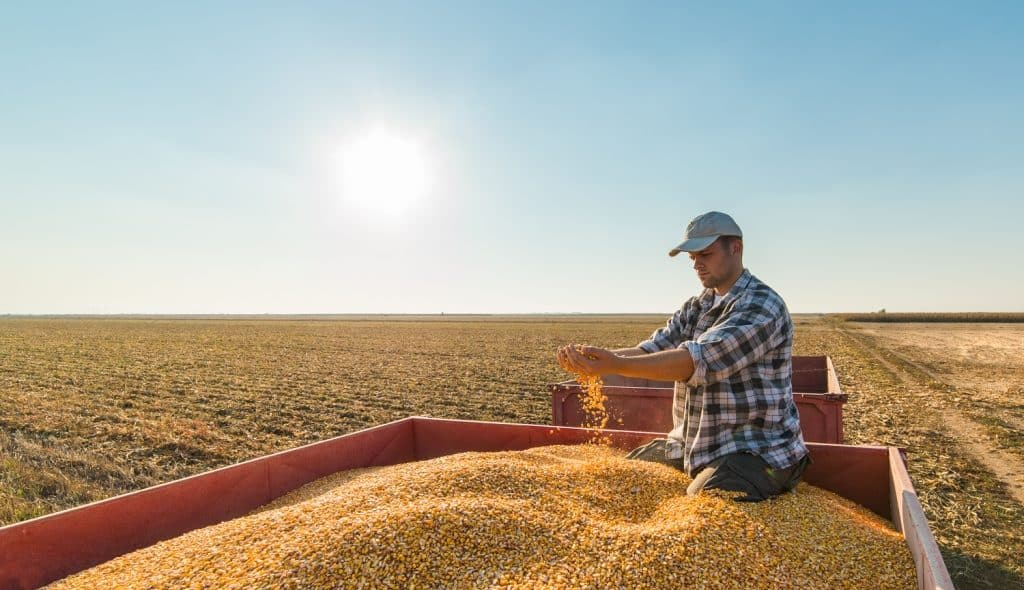 Corn production in Brazil has great representation in the agricultural sector
Corn production in Brazil has great representation in the agricultural sector
The cultivation of this product was largely responsible for changing the Brazilian production system. Currently, the states of Mato Grosso and Mato Grosso do Sul are the regions that have the highest concentration of culture.
In general, Brazil’s tropical climate favors the production of corn, which is already one of the main cereals grown in the country.
Did you like this content? Access our e-magazine for more information.



